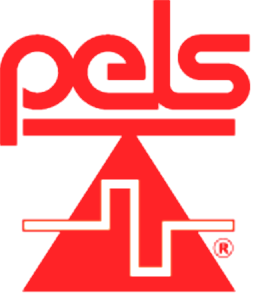4th International Conference on Smart Energy Systems and Technologies (SEST)
6-8 September 2021, Vaasa, Finland
![]()




Welcome to Vaasa!
Vaasa (Swedish: Vasa) sits above the 63rd parallel – southern Finns consider it ‘The North’. Just 45 nautical miles from Sweden, the city has a significant Swedish population, with a quarter of residents speaking Swedish as a first language.
The 17th-century town was named after Swedish royalty: the noble Wasa family. But 200 years later it was in Russian hands. The Old Town burned down in Vaasa’s Great Fire of 1852 – caused by a careless visitor who fell asleep and dropped his pipe – and the new city was built from scratch, 7km away from the cinders.
Vaasa has long been a family-holiday playground, with plenty of outdoor recreation and easy access to the Kvarken Archipelago. It’s a cultural center too, with three universities and a thriving arts scene, exemplified by its excellent museums.
Vaasa was an important place of governance when Finland was part of Sweden. It started in the 14th century when Korsholm castle was built near the village of Mustasaari. In 1606 the village of Mustasaari was granted city status and five years later it was renamed Wasa in honor of the Swedish royal lineage. The old names live on in the municipality that surrounds Vaasa as it is called Korsholm in Swedish and Mustasaari in Finnish. The old town of Vaasa burned to the ground in 1852, and when it was rebuilt it was relocated closer to the sea some six kilometers northwest from its original location. In the same process the town was renamed Nikolainkaupunki (Sw: Nikolaistad) in honor of Russian Czar Nikolai I, as Finland at that time was a Grand Duchy under Russian rule (1809-1917). In its new location Vaasa (or Nikolainkaupunki) became a important sea-faring city and a local business man named Carl Gustaf Wolff (1800-1868) was at one point the biggest shipowner in the nordic countries. When Finland proclaimed its independence in 1917 the name of the town was again reverted to Vaasa. The town was made capital of the white side (conservative, bourgeois) for a short while during the civil war (1918) when Helsinki was occupied by the red side (socialist, communist). It has since then been known as The White City, since the support for the whites was very strong in the area. Around 25 percent of the towns population is Swedish-speaking and even more are bilingual (Finnish and Swedish) and the ties to Sweden are strong in the area. In the area surrounding Vaasa the majority of people are Swedish-speaking. Vaasa is shielded from the open sea by the many islands in the archipelago. The nature of this area is nearly unique in the world as it continuously rises from the sea as the sea level due to post-glacial rebound. The Kvarken Archipelago, which is a UNESCO world nature heritage site, is just around the corner.